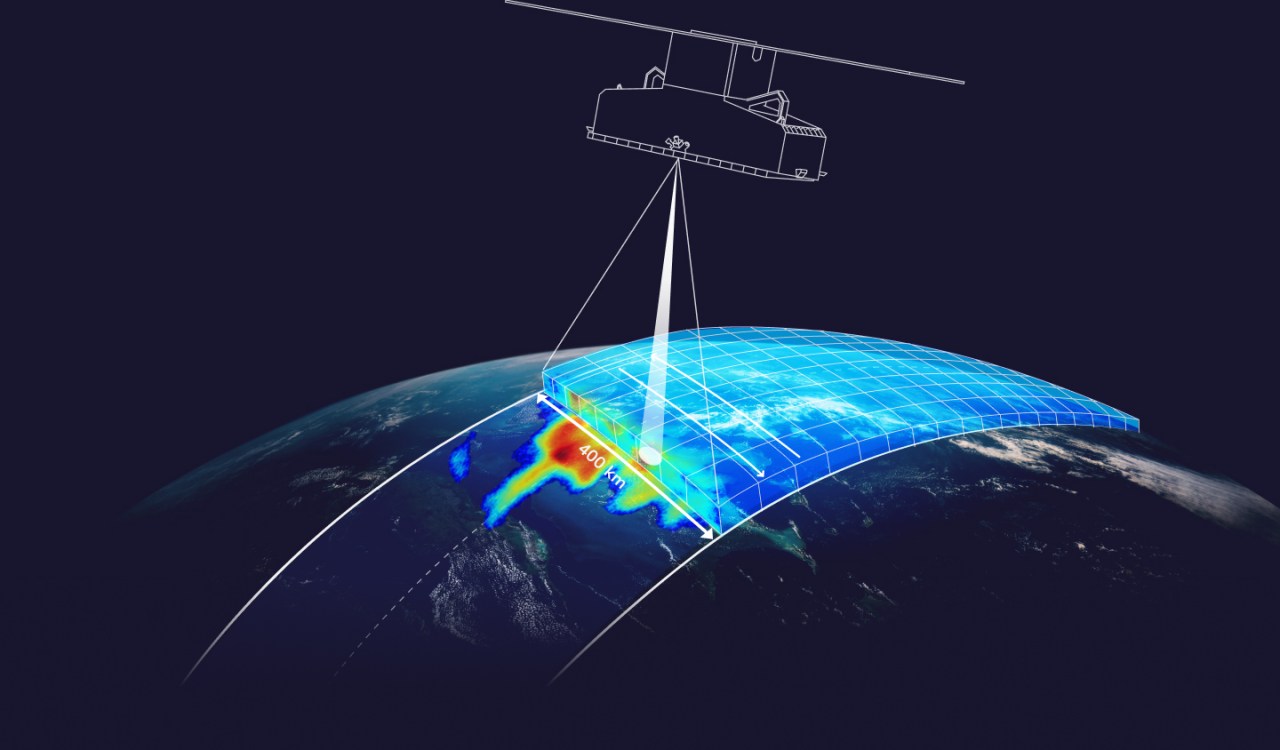For those enjoying a sunny afternoon or waiting for that unexpected downpour, weather forecasting has always been a mixed bag of mystery and excitement. Now, thanks to innovative technology from Tomorrow.io, the landscape of weather prediction is about to change dramatically. Leveraging the power of machine learning, Tomorrow.io’s recently launched radar satellites are giving established forecasting technology a run for its money— and the stakes couldn’t be higher as we face an unpredictable climate.
The Race to Transform Weather Prediction
Tomorrow.io, formerly known as ClimaCell, has been on a mission to modernize weather analysis since 2021. Their groundbreaking venture into satellite technology is now bearing fruit, producing accurate forecasts that rival traditional systems, despite being smaller and lighter. Launched in 2023, the two satellites—Tomorrow R1 and R2—are set to redefine what is possible in weather forecasting.
Why Infrastructure Matters
- Legacy versus Innovation: Much of the existing weather prediction technology is built on heavy, complex infrastructures such as NASA’s Global Precipitation Measurement (GPM) satellite. While GPM has long been the trusted gold standard in the field, weighing around 3,850 kilograms, Tomorrow.io’s satellites tip the scale at a mere 85 kilograms.
- Giving Weight to Performance: Despite their significantly smaller size, the R1 and R2 satellites employ a specialized Ka-band radar technology, providing precision forecasts that rival larger systems. This compact design allows for more satellites to be launched, potentially providing global coverage.
- Complex Precipitation Patterns: Weather prediction isn’t just about whether it will rain this afternoon; it’s about understanding larger patterns like storm trajectories and rainfall amounts during droughts. Tomorrow.io’s satellites aim to deliver insights that matter during these critical situations.
The Power of Machine Learning
At the heart of Tomorrow.io’s success is a sophisticated machine learning model that enhances the capabilities of their radar systems. Chief Weather Officer Arun Chawla explained that this algorithm serves as “two instruments in one.” Trained on data from the GPM’s dual-frequency radars, it learns to predict weather patterns using just the Ka-band. This enables the satellites to achieve impressive accuracy while relying on a fraction of the hardware mass and resources.
A Global Vision for Real-Time Data
The motivation behind Tomorrow.io’s advancements goes beyond technical superiority. The overarching aim is to establish a comprehensive, satellite-based radar system that offers real-time precipitation data worldwide. Chawla notes, “In that respect, we are working on accuracy, global availability, and latency—measured as the time between the signal being captured by the satellite and the data being available for ingestion into products.”
Just imagine a world where accurate weather data is accessible to all regions, especially those currently underserved by traditional infrastructures. With an ambition to launch more satellites this year, Tomorrow.io is gearing up for a data collection drive like never before.
Conclusion
The launch and success of Tomorrow.io’s radar satellites signal not just a technological triumph but a much-needed evolution in weather forecasting. By marrying compact satellite technology with intelligent machine learning models, Tomorrow.io is poised to fill gaps in global weather observation and enhance predictive accuracy.
As the climate continues to change and the demand for precise weather information increases, innovative players like Tomorrow.io are essential for navigating the complexities of our ever-shifting environment. At fxis.ai, we believe that such advancements are crucial for the future of AI, as they enable more comprehensive and effective solutions. Our team is continually exploring new methodologies to push the envelope in artificial intelligence, ensuring that our clients benefit from the latest technological innovations.
For more insights, updates, or to collaborate on AI development projects, stay connected with fxis.ai.

